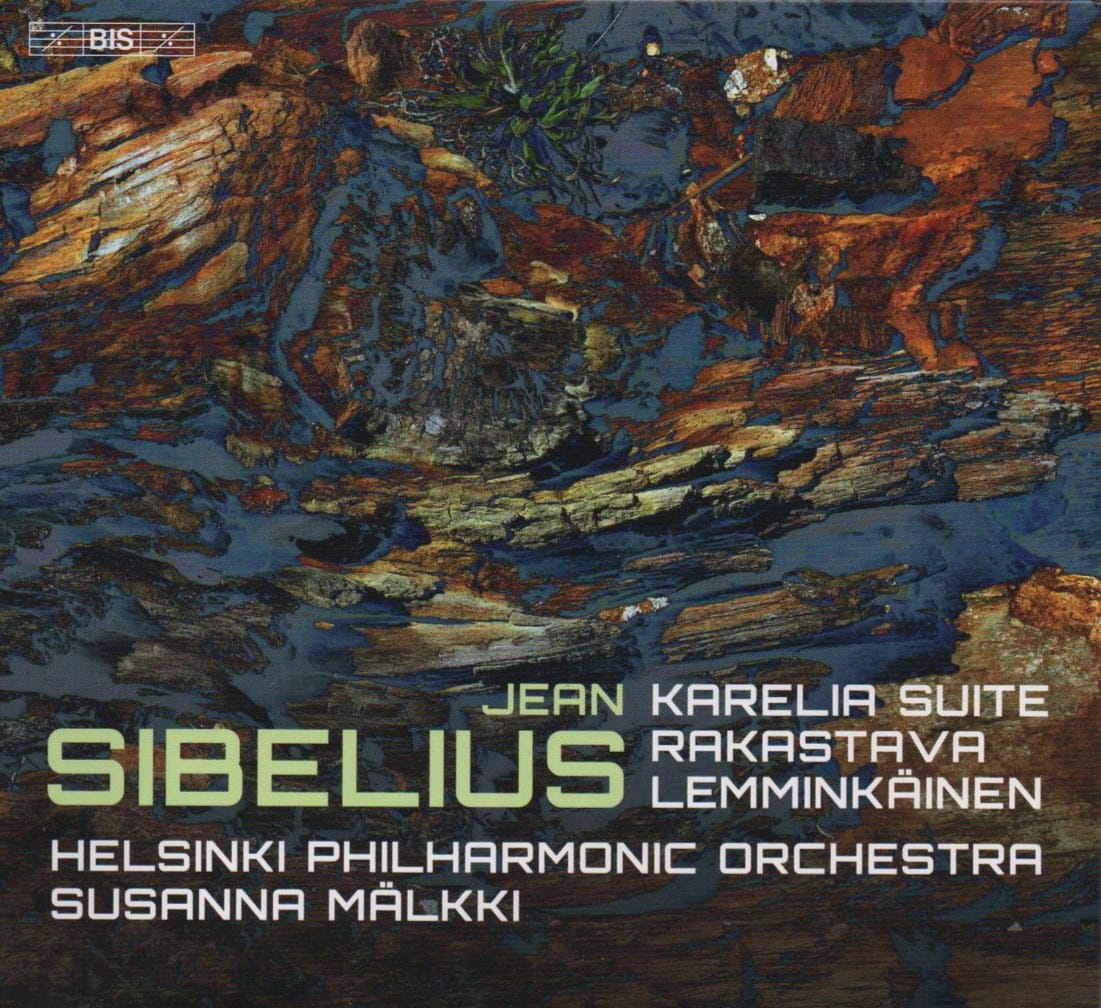Susanna Mälkki conducts Sibelius
This is a phenomenal disc, full of energy and perfect in its mix of the famous and lesser-known pieces

There is a case for the Helsinki Philharmonic Orchestra to be seen as ‘Sibelius’s own orchestra’, given most of the composer's major works were premiered by this very orchestra.
All three works on this new disc date from 1893-96 (although there are later revisions included for both Rakastava and Lemminkäinen). Of the three, only Karelia Suite, Op. 11 (1893) is at all well known outside of Scandinavia. But Mälkki and the Helsinki orchestra bring new life to it - listen to the sense of discovery and freshness in the opening “Intermezzo”:
But it is in the central “Ballade” that miracles occur: this is positively on the scale of a symphonic poem (and totally belying the marking of “Tempo di Menuetto”!):
Astonishingly, the finale could almost be English Pastoral until the brass enter with their festivities - at which point there is no doubting the Scandinavian origins!. The performance is exquisite, with such care in the detail (listen to the little moments of counterpoint:
The Karelia Suite evokes events in the history of Karelia, the region where Finland and Russia meet. In late 19th-century Finland, the promotion of Karelian folk culture was both fashionable and politically relevant.
Sibelius' Op. 14 is the short suite Rakastava [The Lover] ,a subtle reworking of a work for male voices based on lyrical poems from the collection Kanteletar. There are three movements: “The Lover”; “The Path of his Beloved”; “Good Evening! ... Farewell!”. Mälkki sculpts the first supremely well:
Blink and you miss the second movement, but it is full of incident, and rendered with laser precision. The finale, though, is the true achievement here. Dramatic, profound, it is simply beautiful:
... and here's the choral version, in the ever-safe hands of the wonderful Kings' Singers:
Much better known are the four “legends" from the Kalevala, Lemminkäinen, Op. 22. Out of the four, the most famous by far is “The Swan of Tounela,” the second. But here's the first, “Lemminkäinen and the Maidens of the Island,” the first footer four adventures of Sibelius' hero, who here is stranded on an island full of women. Not the worst thing to ever happen to a bloke, surely, although things get grim when the menfolk return and our hero has to exit stage left, rapidly. The piping, Finnish-pastoral woodwind are particularly noteworthy:
At nearly 18 montes, this is no short movement but Mälkki understands the structure perfectly, as well as its clear narrational aspect, aligning it clearly to the genre of the tone poem. The piece - and the performance here - is bracing.
One of the first pieces by Sibelius I got to know was indeed ”The Swan of Tuonela,” with its haunting cor anglais solo (played here winningly by Paula Malmivaara). The strings are positively aglow as well; BIS' state-of-the-art recording helps, too:
The third part is “Lemminkäinen in Tuonela”. like the first movement, although written in 1896, it was revised twice (1897 and 1939). Another quarter-hour epic, the dissonant climaxes come as something of a surprise, and Mälkki milks them for all they are worth:
Finally, “Lemminkäinen's Return” the shortest of the four parts, is punchy and dramatic. As the Allegro con fuoco indicator hints, there is plenty of fire here, some of it often flickering variety. Sibelius' Loge, perhaps. And, cunningly, parts of the finale seem to mirror the initial “Intermezzo” of the Karelia Suite!:
This is a phenomenal disc, full of energy and perfect in its mix of the famous and lesser-known pieces. You can buy this wonderful Hybrid SACD from Amazon via this link; Spotify below.
